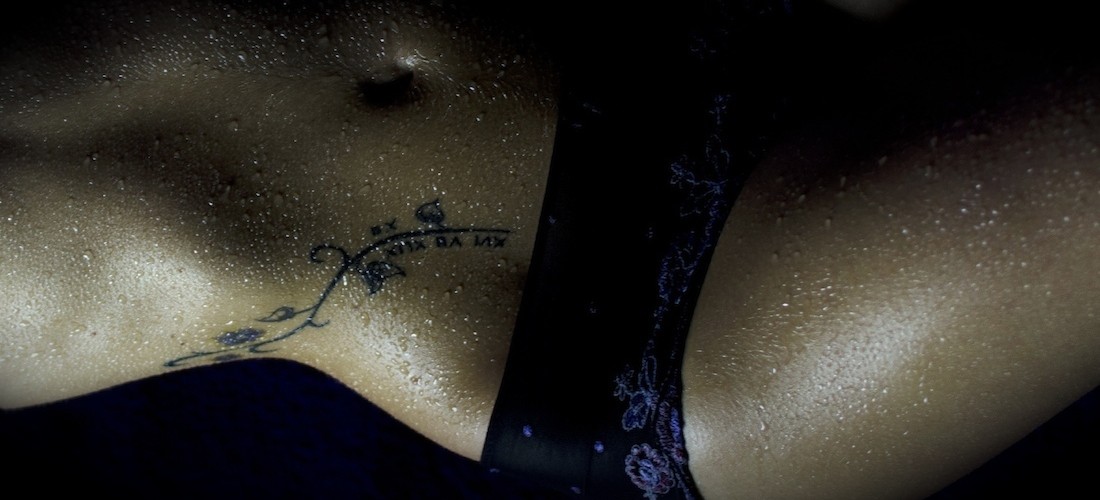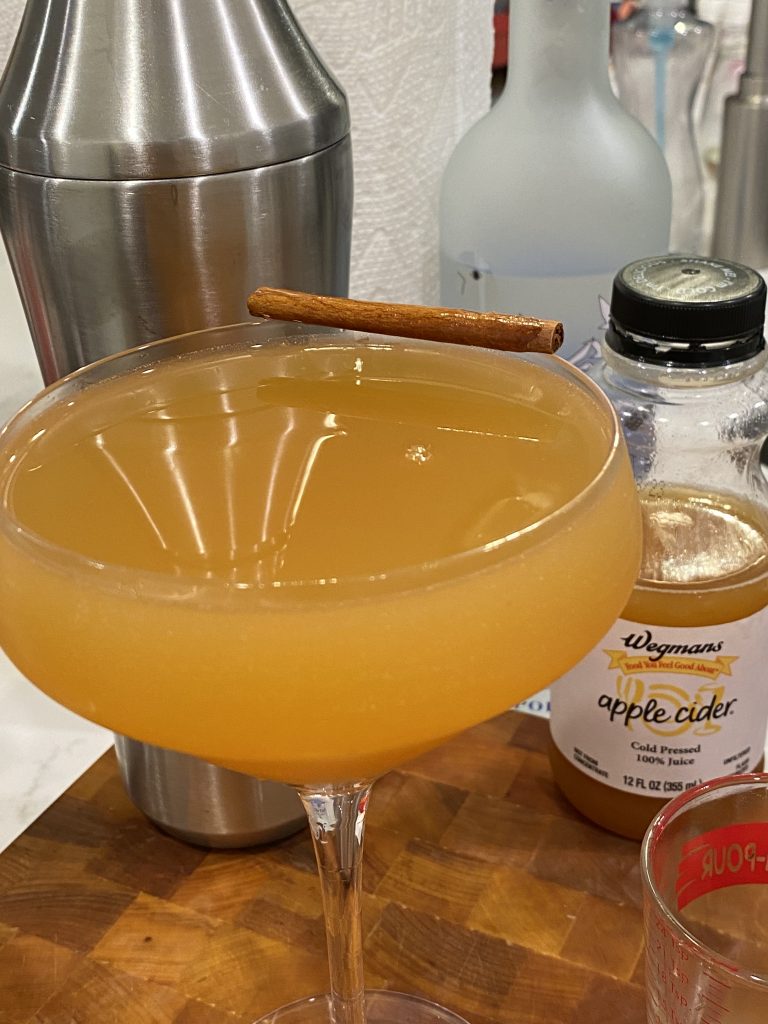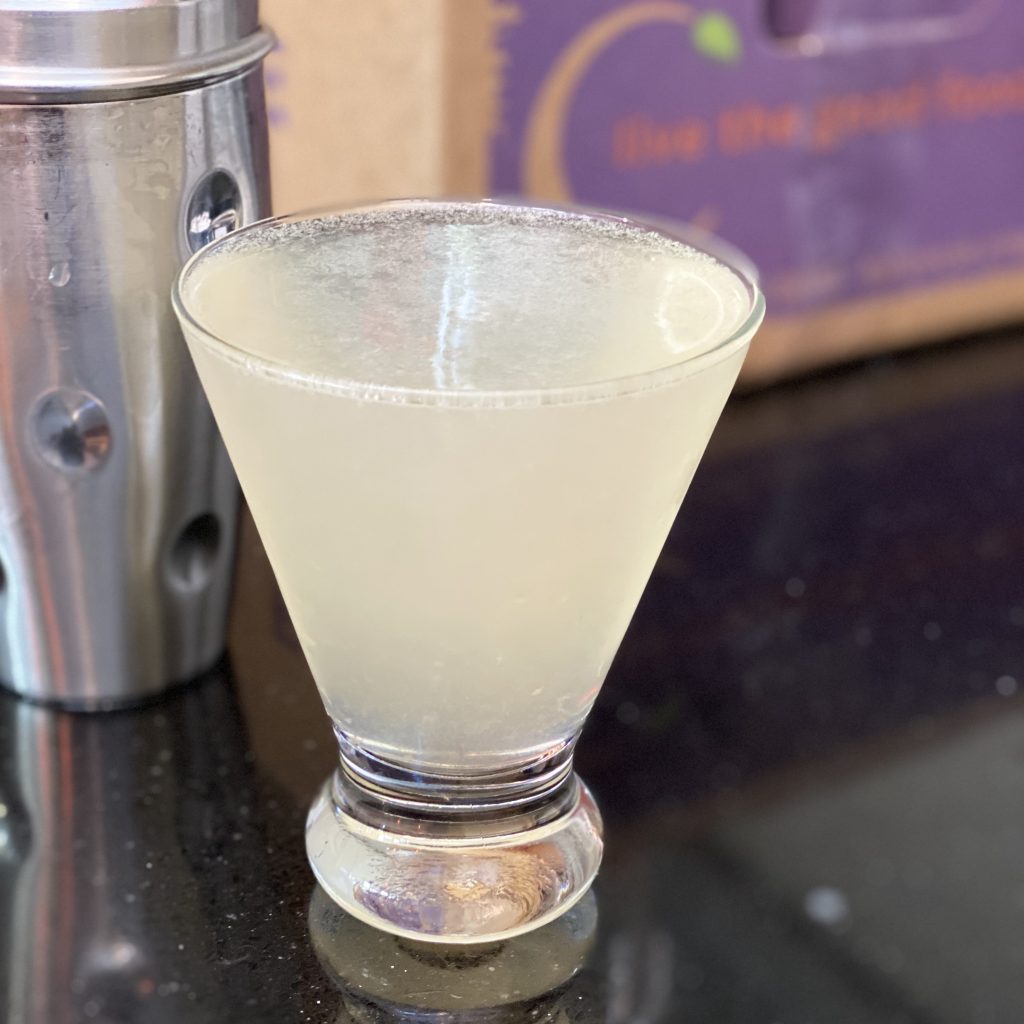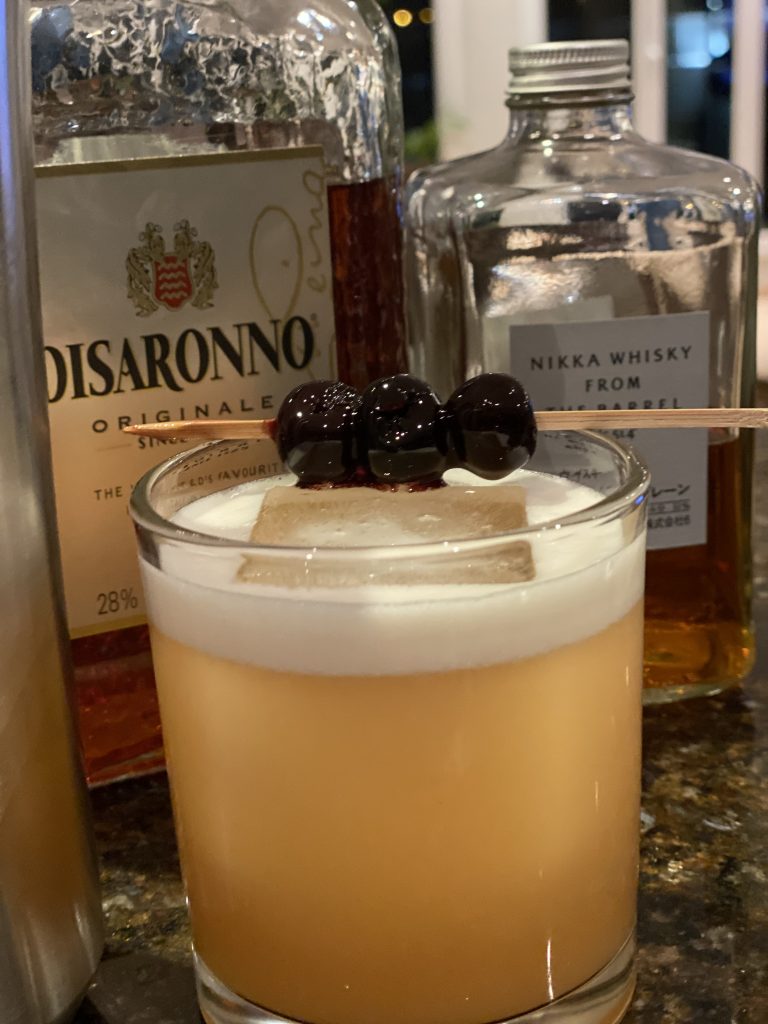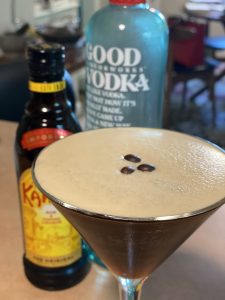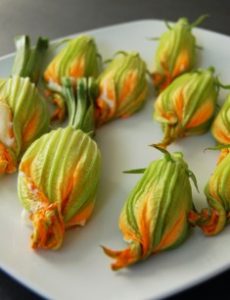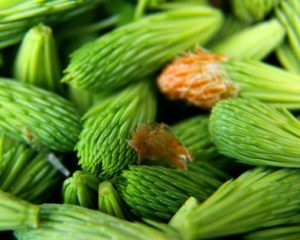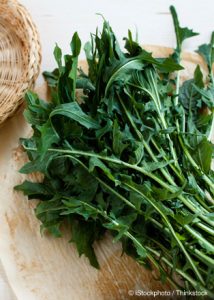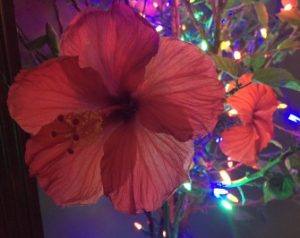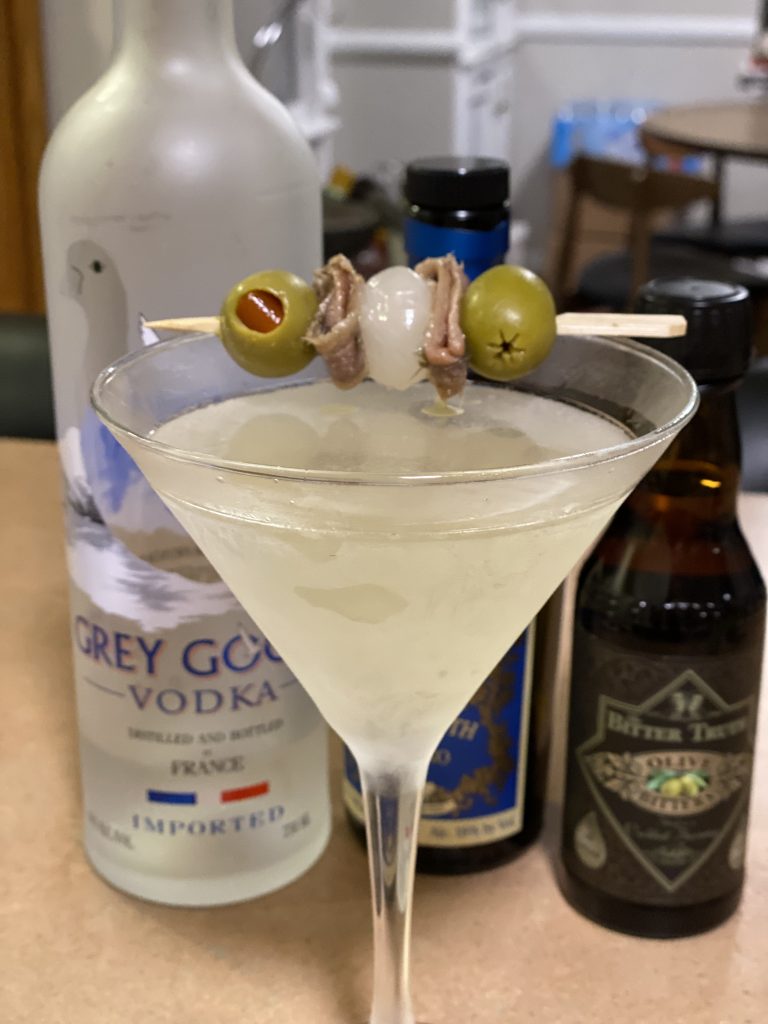
I’m not sure when I fell in love with the dirty martini, but I feel like it’s been years. And I haven’t been sad about it. At. All.
In the beginning, I would just order them at restaurants. Making them at home seemed to involved. Plus, they seem to taste better when someone else made them. Capital Grille in DC was a fav. A place I would return to again and again. They are also the reason I have upped my dirty martini game.
Stuffing your own blue cheese olives starts the endeavor known as a dirty martini. In some circles, a dirty martini with blue cheese olives are called a Dirty Executive. However, I think blue cheese olives are a standard in a dirty martini and doesn’t signify a different name. Grey Goose was also the vodka of choice for said dirty martini. It’s a clean vodka. And works well to carry the olive flavors necessary to this classic.
Adding a cocktail onions made total sense. A hit of pickled sweet after all the savory… Yummo! Then I learned about adding anchovies to the cocktail pick loaded with olives and onions. This was from a cookbook based on the Venice region of Italy. With these two additions to the cocktail pick line-up along with blue cheesed stuffed olives make my Dirty Martini complete.
Each drink and bite… or not… is unique. Adding little bits of flavor and texture and umami-ness. And since I use both vermouth and olive brine in my Dirty Martini, well shaken and not stirred, I also get a uniform canvas upon which to appreciate all the differences… and some sameness.
Dirty Martini
-makes a large pour
- 4 oz Grey Goose
- .75 oz olive brine
- .5 oz dry or blanc vermouth
- 3 dashes olive bitters
- 1 spritz lemon oil
- blue cheese olives, anchovies, cocktail onions
Put ice in a martini glass. Stick it in the freezer as you make the martini. Put the first four ingredients into a shake. Fill with ice. Shake it up. Take glass our of freezer, dump the ice, and pour the martini into the glass. Spritz with lemon oil or express some lemon oil from a cut rind. Garnish with olives, onions, and anchovies Enjoy!
